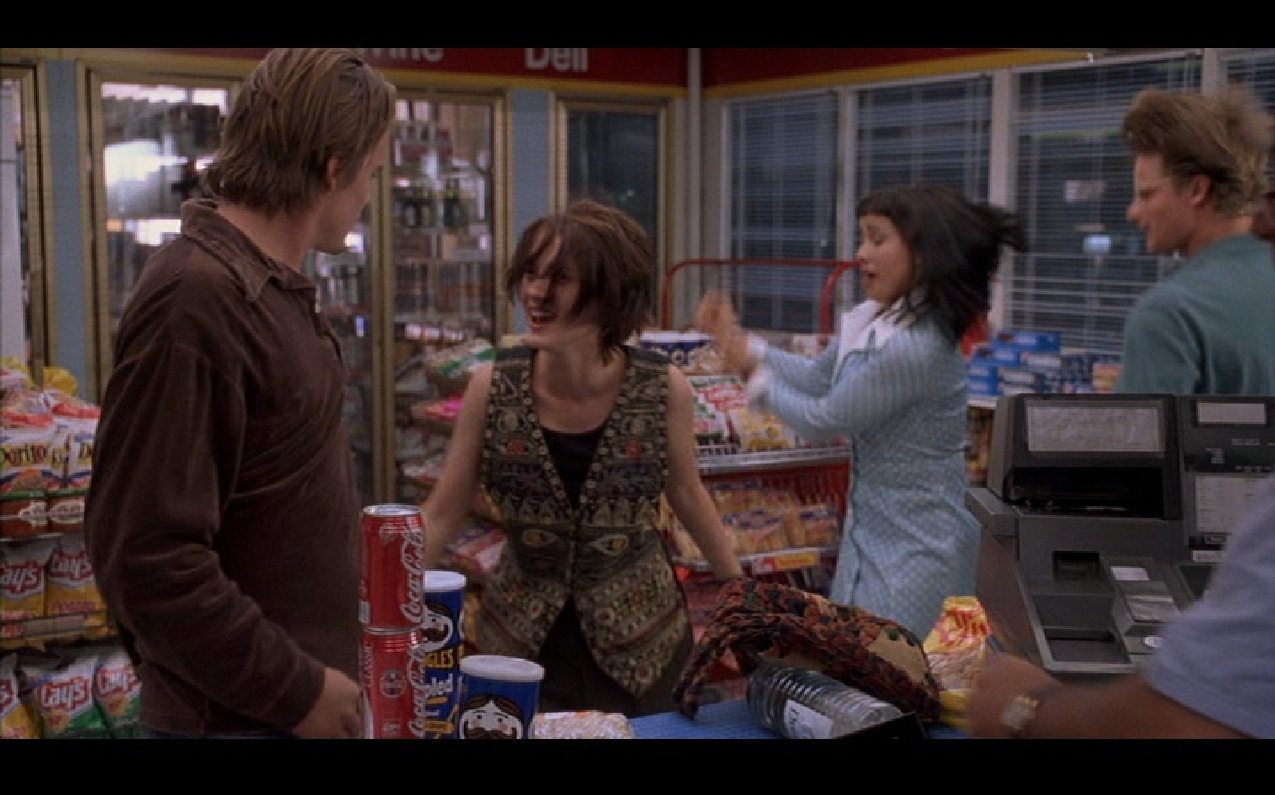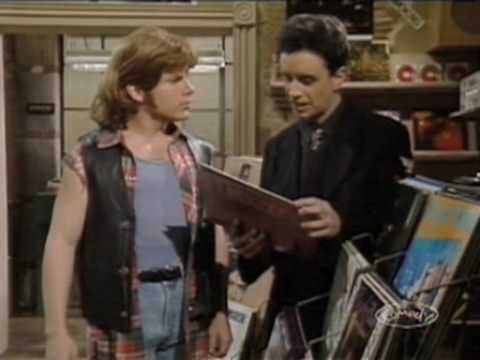by Jas Faulkner

Ed Cho* and I are visiting one of the stores that uses his designs. The sound system goes quiet for a second and then a familiar piano intro plays. A woman who has been browsing pauses and then upon hearing Aretha Franklin’s first lines:
Though you don’t call any more
I sit and wait in vain
The shopper’s face lights up and a measure or two later, she is singing along with emotion and probably more audibly than she realises. As she sings, she begins to walk around the racks, picking up articles of clothing and holding them against herself as she decides which pieces she will try on and eventually purchase. By the time the Queen of Soul finished, her duet partner was carrying three items. Before the song, she had nothing in her hands and was walking around in way that suggested nothing she saw was particularly appealing.
Ed and I went outside.
“That is what successful audio design looks and sounds like.”
We walk around the corner from the clothing store to the coffee shop inside of a chain book store. For probably the first time, I pay attention to the music and ads that are playing.
“Noticing it for the first time, aren’t you?”
Yeah, he caught me out on that one.
“That’s the way it’s supposed to be. You don’t want your audio to be so obvious. It should add to the ambiance and then some.”
Did Ed design the audio environment for this store? No. But he knows who did.
“After a while, you can tell which company did the playlist.”
The audio is a mix of light classical, some big band stuff and Americana.
Over the course of the hour we spent in that store, we heard Duke Ellington, Bruce Springsteen, Diana Krall and Ray Charles. What stood out to Ed were the selections by Edgar Meyer, Johnny Cash, Todd Snider, Dolly Parton, and Josh Rouse.
“They’re paying attention,” he said. “Old school country is easy and obvious. They added some artists who are either local or have ties to the city. Nice touch.”
Cho’s company creates the sound component for a variety of business environments. His work can be found in nearly every type of retail outlet you can think of, hospitals, corporate offices and even a few museums.
“Is there anything particular to bookstores that makes audio design for them different from, say, choosing a playlist for a clothing store like the one we visited?”
“Absolutely!” said Cho. “Goals can differ from store to store and even within a chain, locations can sometimes have different needs based on their clientele. For instance, when you’re putting together something for a retail location, you have to think about how they want their traffic to flow. Do they want people to come and go fairly quickly? Do they want people to stay and browse longer? Another big consideration is what kind of image they want to project.
“A good example is a regional chain I worked with some time ago. They had been playing a lot of jazz and light classical music. It was nice, but they had started hosting songwriter’s nights and getting more involved with the artists’ and writers’ communities near their stores. In a situation like that, we updated their playlists but didn’t completely do away with them.”
More Top 40-type stuff?
“Mmmmyes and no. We’re hardwired to gravitate towards music we like and music that sounds like what we like. This is why something like the Music Genome Project and Pandora is so successful. They have figured out that it goes beyond liking this band or that singer. It’s more basic than that: tempo, chord changes, the sounds of certain instruments used certain ways. In essence they have quantified why certain music appeals in certain ways.
“When we visit a store we’ll be working with, we take into account who comes in, who they want to come in, and what they want to see happen. The idea is to create a place where the music is pleasant enough that people will be more inclined to listen and browse and stay a little in their own head space so the focus is more on the product.
“There will be familiar songs mixed with music that people might either be able to place without it being too familiar. I incorporate a lot of what some radio markets call “adult alternative” as well as ambient classics such as music from Windham Hill and Global Pacific. Most people want to explore new music, but if you create lists that have no familiarity to them, people feel uncomfortable.”
Is it a generational thing?
“Yes and no. I actually learned this lesson when I moved from working for Rasputin Records on Telegraph** during college to a larger

national chain after I graduated. I was used to seeing customers who were either seriously into punk and new romantics or older people who cut their teeth on the Bay Area music scene in the 60s’ and 70s’ and who were not particularly rattled by new stuff. It took me a while to figure out that a fifty-year-old customer in Oakland might be amused by Flipper or Black Flag or Ozzy Osborne while a fifty-year-old music lover in Indianapolis might be appalled and alienated by the same music being piped in while they were looking for something new.
“Of course you’re not going to please everyone, but if a whole swath of your demographic is walking out the door, something is wrong.”
Is there anything that gets an automatic ‘No!’ when Ed composes a playlist?
“There are a few songs and artists I avoid. Tori Amos has some lovely arrangements, but her subject matter is depressing. Randy Newman and Tom Waits are artists I personally enjoy but I would never play them in a retail environment. The oddest, saddest case was a song I loved to include because it had such a feel good vibe: “Rocking Chair” by House of Freaks. After Bryan Harvey (half of the duo) was murdered, it just felt wrong to play it.
“The opposite side to that are the artists I’ve had to convince people to stop playing. One small UBS had a clerk who was fond of Marilyn Manson and Diamanda Galas. Can you imagine having your browsing interrupted by the screaming in Galas’ ‘Satanic Litanies?’ No. Another UBS had a little girl working the register who loved Southern Culture On The Skids. Yeah, I love them, too, but they’re just a little too…greasy for your average random book buyer.”
What about Muzak?
Ed took a moment to discern if I was being silly.
“Not in a very long time. People want to connect to their music. You can’t really do that with sanitized synth. I know some companies still offer that and a few places still want it.” He shook his head.
I asked Ed if he would help me put together a dream playlist for an indie book store. He told me he would give me a list of ten and then a thumbs up or down on ten or fifteen that I chose. Before I post this list, I’d love to know what music you play in your stores. Feel free to post a list in the comments. If commenting isn’t your cuppa, send me a note at jasfaulkner@gmail.com. Be sure to let me know if and how you’d like to be identified if I quote you in the followup article.
*Not his real name.
** The original Rasputin Music is still located in Berkeley, CA.
